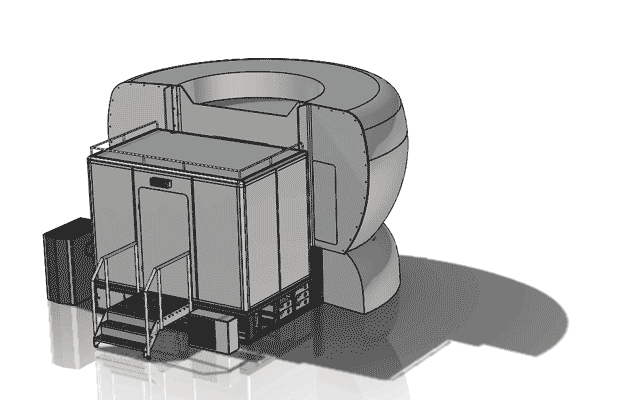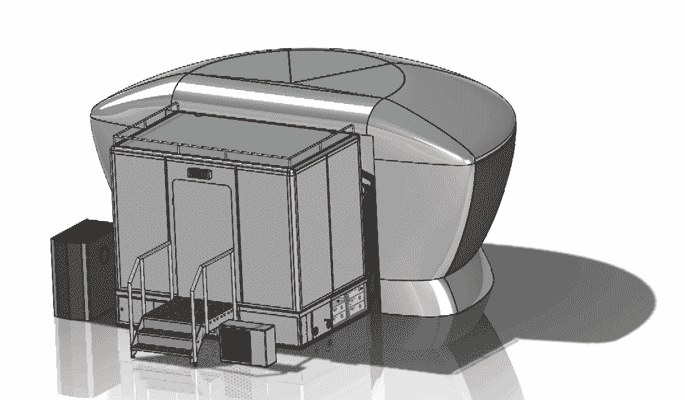It is undeniable that every human being has an environmental responsibility to take care of the planet we live on so that it may sustain itself for future generations to come.
As an executive of a corporation but also as a general member of the aviation world, I recognize this responsibility as critically important. Our industry heads a lot of condemnation for significant contribution to the human carbon-footprint. This concern is heard, understood and is also continuously being addressed. In the last several years, significant strides have been made in the right direction. It is important to be aware of these improvements as well as imminent needs, which is why in this post I will exemplify past efforts as well as provide specific ideas for future improvement.
In the past 20 years, the industry has adopted many sustainable practices. These methods have primarily been accomplished through engineering progress and innovation as well as use of new advanced materials such as carbon fiber, titanium and other exotics. Regardless of difficulty, all items on the sustainability continuum have been a focus point and have seen improvement. Here are just a few items that stand out to me:
- Airplanes are lighter and engines are more fuel efficient now than they ever have been, leading to spectacular reductions in specific fuel consumption. Improvement in fuel efficiency is a continuous goal being set and met by many different aviation org According to the IATA, “Airlines have continued to improve their fuel efficiency performance between 2009 and 2016. In 2016, fuel efficiency for total system-wide services (in liters per 100 RTK) stands at 35.28 liters per 100 RTK, an improvement of 10.2% compared to 2009.” Since 2016, even more improvements have been made.
- Wings in current generation planes actively adjust to conditions in order to minimize drag. Winglets also aid in aerodynamics and cut emission by four to six percent. As reported by National Geographic, in 2017 over 8,000 planes had already been fitted with winglets.
- Airplane engines are quieter causing less noise pollution. According to an Aviation and the Environment report submitted to the United States Congress by MIT, in the last 35 years there has been a “95% reduction in the number of people impacted by aircraft noise.”
- Better airplane equipment has led to lower landing minimums and a higher completion rate of flights to the intended destination despite weather conditions that would have prevented this some years ago.
- Performance based navigation (PBN) has reduced the number of miles an airplane has to fly therefore less fuel is burned leading to less emission.
- Current efforts with optimized routing, rather than using the existing “highways in the sky” between beacons will similarly lower the miles flown between departure and destination.
- Many operators are interested in switching from using traditional oil based jet fuel to blends of biofuels which are either plant or algae based. Research has indicated that this may soon become a viable alternative. Scientists at the Department of Energy’s Lawrence Berkeley National Laboratory have “been working on biological routes to advanced bio-jet fuel blends that are not only derived from plant-based sugars but also have attractive properties that could actually provide an advantage over conventional jet fuels.”
- Airlines are using the latest knowledge of weather systems for flight planning and take advantage of in-flight technology using live weather updates to optimize their flight paths accordingly.
- Continuous descent approaches (CDA) have been established to take advantage of optimizing the airplanes’ descent so that minimal engine use above idle thrust is needed. Aviation Benefits Beyond Borders has identified that “landing using a continuous descent into an airport saves at least 150kg of CO2 per flight.”
- Electric airplanes are currently in trials and could be the next step.
Airspace usage has also seen improvements. With the help of Air Traffic Control in collaboration with Alaska Airlines and Boeing, project Greener Skies Over Seattle is an example of this. By optimizing approaches into airports and minimizing distance between airplanes both horizontally as well as vertically, a greater number of airplanes can approach the airport at the same time. This leads to less delays and flying of holding patterns which reduces fuel burn. Similar improvements in the upper airspace allowed optimization: the closer an airplane flies to optimum altitude, the less fuel it uses per mile. Upper airspace capacity almost doubled overnight when reduced vertical separation minimums (RVSM) were introduced.
However, in many ways there are still easy gains to be made. We can change the way we do everyday business to achieve small results and strive for larger targets simultaneously. Carpooling to work, use of remote work for part of the week, using electric vehicles for airside operations and many other solutions are all proven to lead to lower emissions.
One large and relatively simple target with optimum impact would be to eliminate the running of engines when an airplane arrives at the gate and there is nobody there to guide the pilots in for the last couple of yards to their parking spot. It would certainly make the passengers on board happier too. In my opinion, other optimizations that are barely used but already available should also see more implementation. For example, the use of engine out taxi could lead to elimination of significant carbon dioxide and noise. Lastly, flying personnel to meetings which can be accomplished through virtual methods or moving crews to training locations all over the world, should and can be reduced. Training at your home base can take place in many instances. MPS provides a smarter solution: our simulators can fit in a large office space at your base rather than a special building, they use less electricity than full flight simulators and are built from retired airplanes. This could be the start of your airlines’ push for a better world.
We only have one planet and while flying around it is a great privilege, we need to work together as we have in the past to make the aviation industry the leader in sustainable business. We simply cannot rest on our laurels and must continue to do more. I believe we can. If you have suggestions beyond those I’ve proposed here, please leave a comment below or reach out to me personally so we can continue to make worldwide improvements for a better tomorrow.


